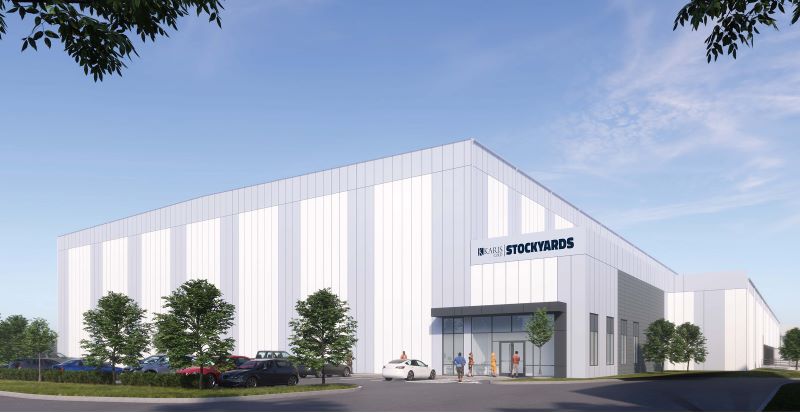January 2022
What Secondary Asset Classes Will Be Popular With Investors in 2022?

From The Business Journals:
By Ashley Fahey
Real Estate Editor, The Business Journals
The four major “food groups” of commercial real estate — office, multifamily, industrial and retail —occupy most of the headlines around investment and development.
Another one, life sciences, is becoming a mainstream real estate class of its own, given its dominance in markets like Boston, San Diego and the Bay Area. But the Covid-19 pandemic has also diverted investors’ attention and investment into more niche, but downturn-proof, real estate sectors.
“There’s a continued chase for yield, where investors are trying to uncover stability and trying to create and capture predictability of income streams,” said
Aaron Jodka ,director of U.S. capital markets research at Colliers International Group Inc. (NASDAQ: CIGI). “That has led to growth in areas such as self storage, single-family rental and medical office.”
Here are some of the non-mainstream asset classes seeing renewed interest from capital sources, in 2021 and heading into next year.
Cold Storage
Although still a specialized subsector of the broader industrial market, cold storage real estate is heating up in direct response to pandemic-induced trends.
Additionally, much of the nation’s refrigerated and freezer inventory is outdated or even obsolete, propelling — for the first time in awhile — speculative cold-storage development.
“(Many developers are) saying they’re going spec but they’re really holding out for a tenant before finalizing plans,” said John Basile, executive vice president at Oakbrook Terrace, Illinois-based real estate firm NAI Hiffman.
Historically, it’s been a challenge for a developer to convince capital partners to go speculative on cold storage, in part because of how expensive it is to develop cold space than dry warehouses. But the cold-storage sector construction market is expected to reach $18.6 billion in value by 2027, or an increase of 14% each year, according to Emergen Research.
Changes in how people want to food on their plate, how people choose to eat and preferences in the American diet — not to mention disruption of the just-in-time model from recent supply-chain issues — have aided cold storage’s growth, Basile said.
That’s brought new capital sources into cold storage.
“Five years ago, there were only a few specialty buyers for this asset class,” Basile said. Back then, top 20 industrial investors wouldn’t consider buying cold storage at all, he added. “They’ve (now) noticed cold-storage facilities provide some nice returns because they’re not bid down quite as aggressively.”
Read the full article regarding cold storage, self storage, medical office and data centers online in The Business Journals.


